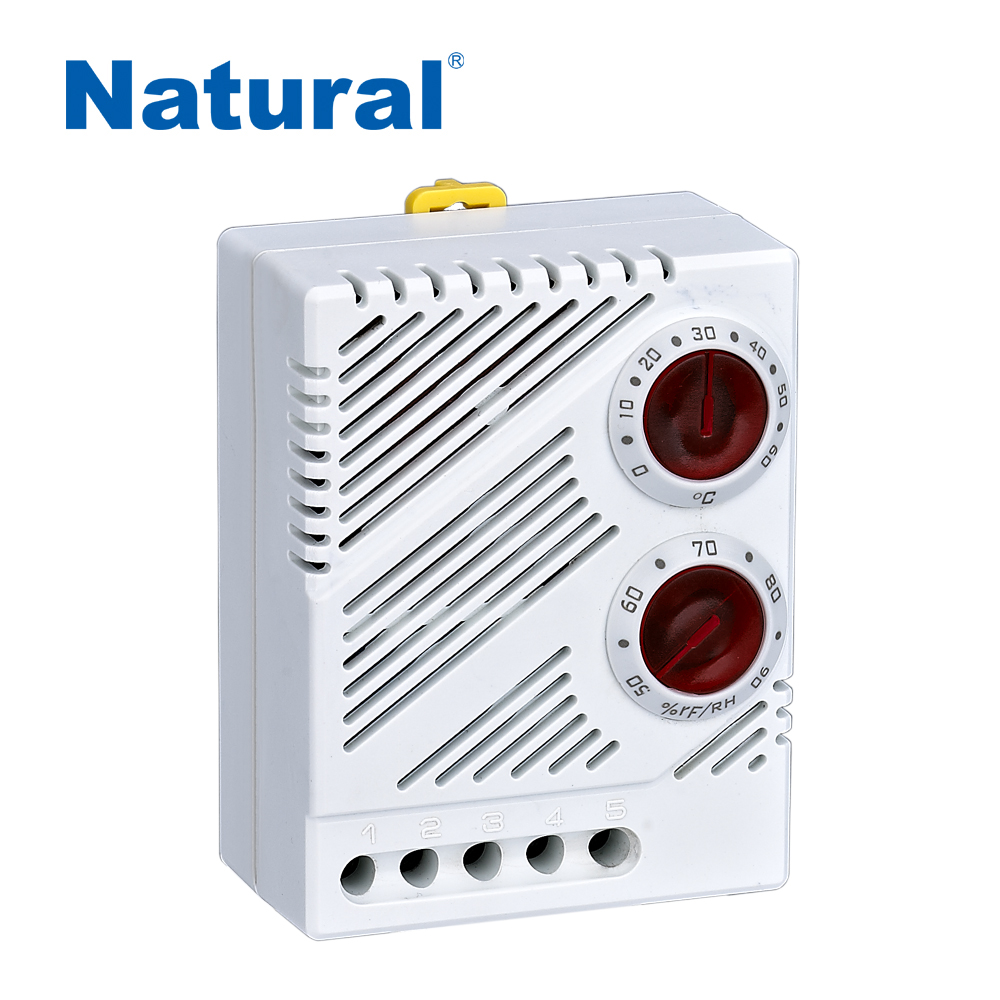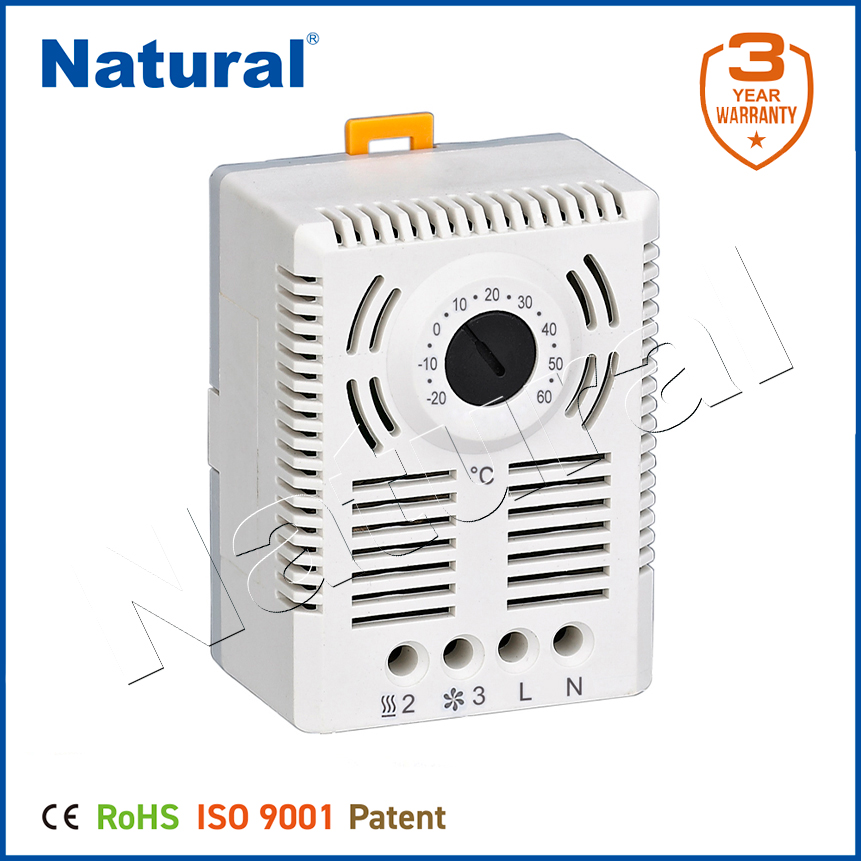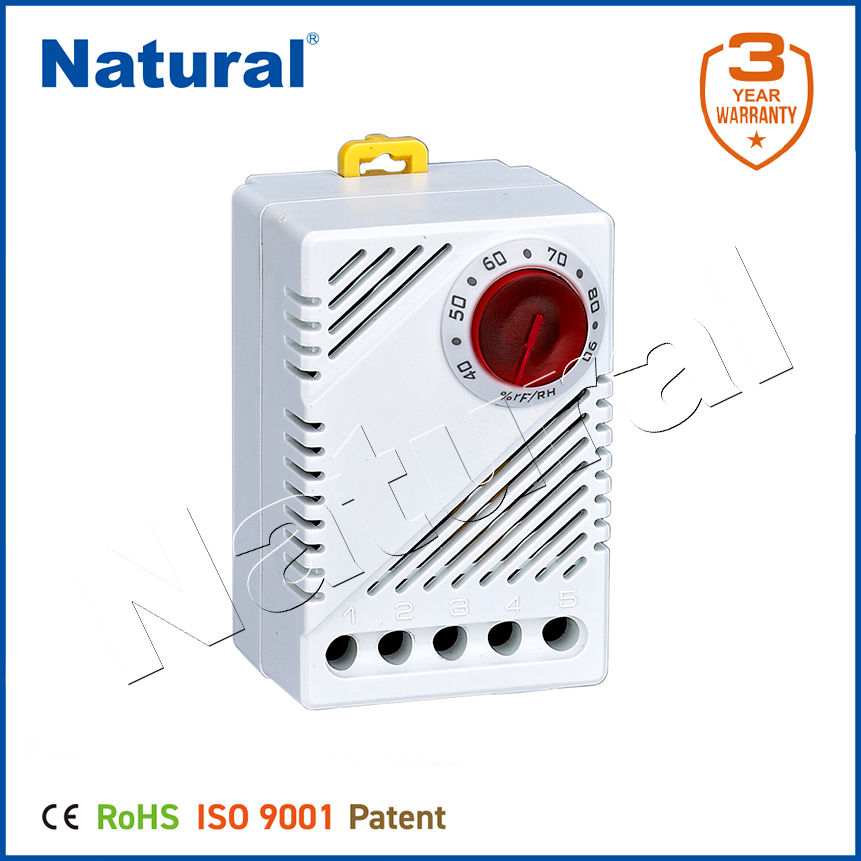In today’s technologically advanced world, maintaining optimal indoor environmental conditions has become essential for both comfort and the preservation of valuable materials. One critical device that aids in achieving this is theElectronic Hygrostat. This electronic instrument plays a vital role in monitoring and controlling humidity levels in various settings, ranging from homes and offices to industrial facilities and agricultural environments. This article will delve into the functionality, benefits, applications, and future of electronic hygrostats.

What is an Electronic Hygrostat?

An electronic hygrostat is a device designed to measure and control the humidity levels in the air. It functions by utilizing sensors to detect the moisture content in the environment, allowing it to provide real-time readings. Unlike traditional mechanical hygrostats, which rely on physical components to regulate humidity, electronic hygrostats offer enhanced precision and responsiveness. They are typically equipped with digital displays, enabling users to easily read humidity levels and make adjustments as needed. How Does an Electronic Hygrostat Work? At its core, an electronic hygrostat operates based on the principles of humidity measurement and control. The device contains a humidity sensor, often a capacitive or resistive type, which detects changes in moisture levels. When the humidity exceeds or falls below a preset threshold, the hygrostat triggers connected devices, such as humidifiers, dehumidifiers, or HVAC systems, to activate or deactivate. This automated process ensures that humidity levels remain within a comfortable and safe range, promoting overall well-being and protecting sensitive materials.
